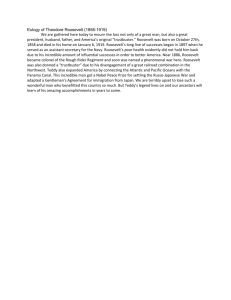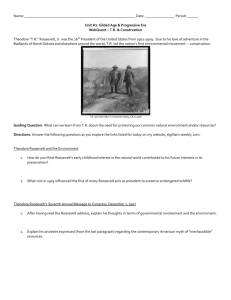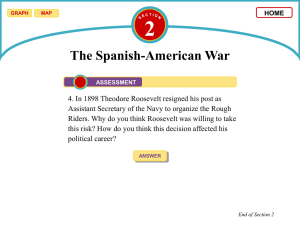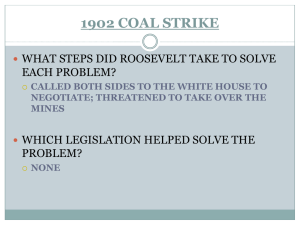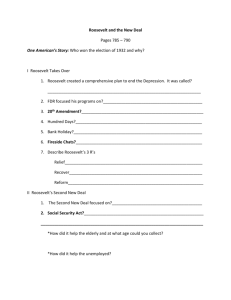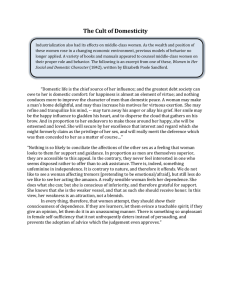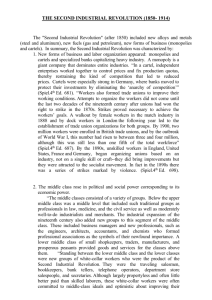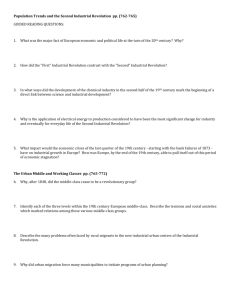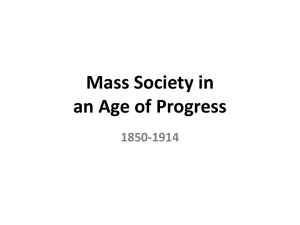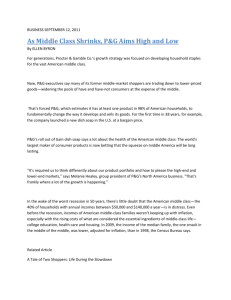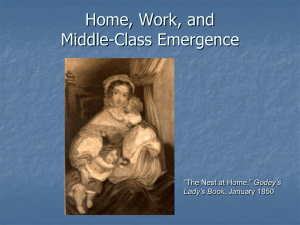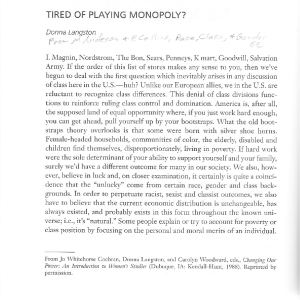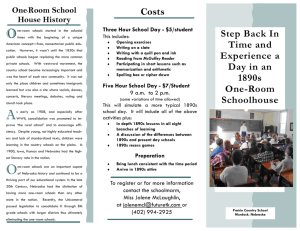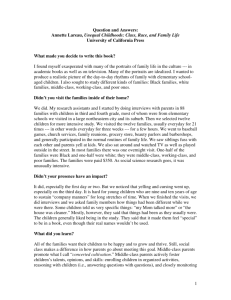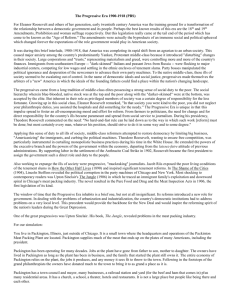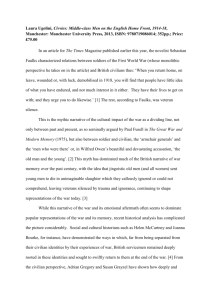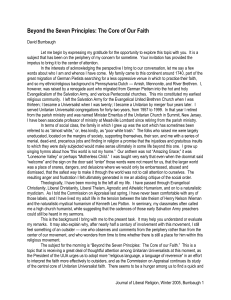Chapter 33 Summary Roosevelt was a human whirlwind. He was
advertisement
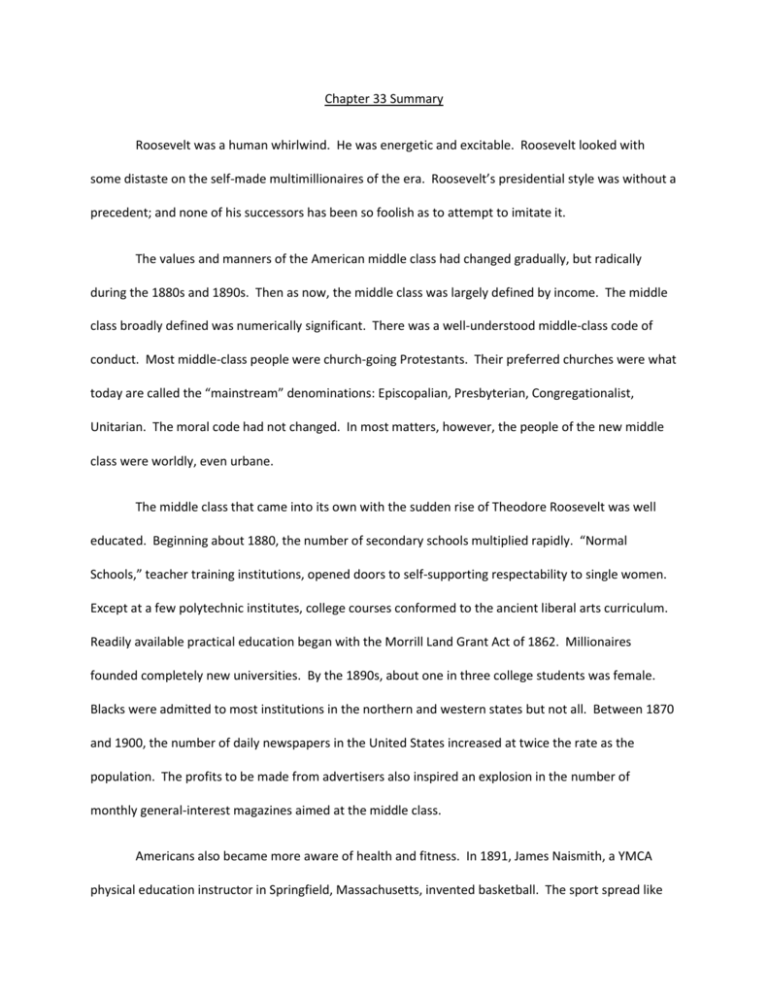
Chapter 33 Summary Roosevelt was a human whirlwind. He was energetic and excitable. Roosevelt looked with some distaste on the self-made multimillionaires of the era. Roosevelt’s presidential style was without a precedent; and none of his successors has been so foolish as to attempt to imitate it. The values and manners of the American middle class had changed gradually, but radically during the 1880s and 1890s. Then as now, the middle class was largely defined by income. The middle class broadly defined was numerically significant. There was a well-understood middle-class code of conduct. Most middle-class people were church-going Protestants. Their preferred churches were what today are called the “mainstream” denominations: Episcopalian, Presbyterian, Congregationalist, Unitarian. The moral code had not changed. In most matters, however, the people of the new middle class were worldly, even urbane. The middle class that came into its own with the sudden rise of Theodore Roosevelt was well educated. Beginning about 1880, the number of secondary schools multiplied rapidly. “Normal Schools,” teacher training institutions, opened doors to self-supporting respectability to single women. Except at a few polytechnic institutes, college courses conformed to the ancient liberal arts curriculum. Readily available practical education began with the Morrill Land Grant Act of 1862. Millionaires founded completely new universities. By the 1890s, about one in three college students was female. Blacks were admitted to most institutions in the northern and western states but not all. Between 1870 and 1900, the number of daily newspapers in the United States increased at twice the rate as the population. The profits to be made from advertisers also inspired an explosion in the number of monthly general-interest magazines aimed at the middle class. Americans also became more aware of health and fitness. In 1891, James Naismith, a YMCA physical education instructor in Springfield, Massachusetts, invented basketball. The sport spread like lightning. The bicycle craze provided athletic outlets for both men and women. During the 1880s, spectator sports largely dependent on middle-class dollars became an important part of how Americans passed their hours of leisure. Between 1900 and World War I, baseball became the “National Pastime.” American football emerged as a distinctive sport about the same time as its British cousins, soccer and rugby. Its popularity spread quickly with necessary reforms coming later. Boxing had a well-deserved reputation for corruption, rigged bouts, and sleaziness in general and was illegal in most states. Racism existed in all of these sports.




